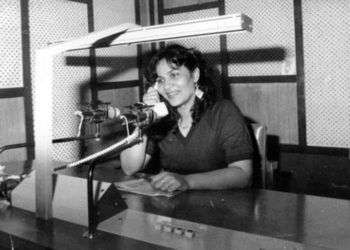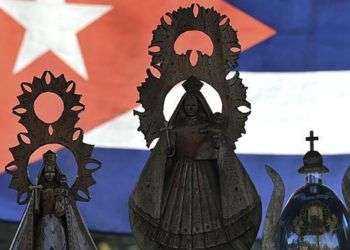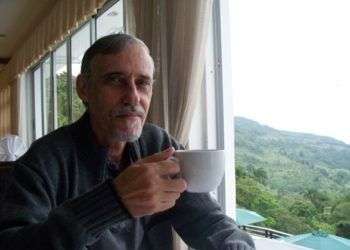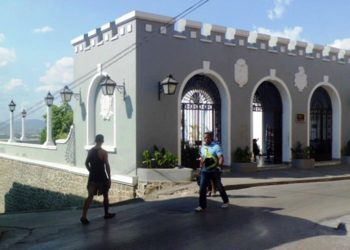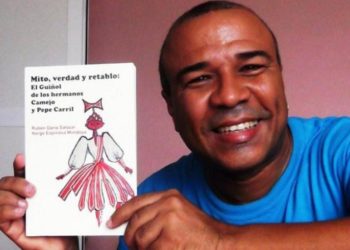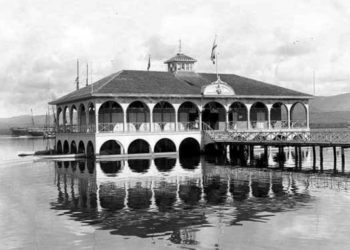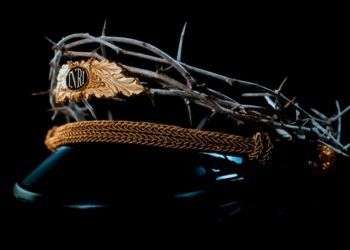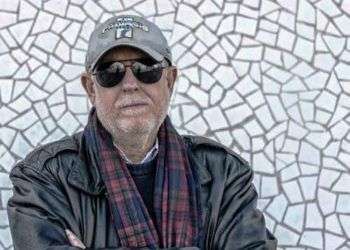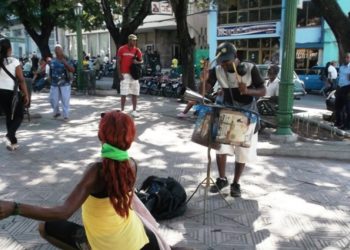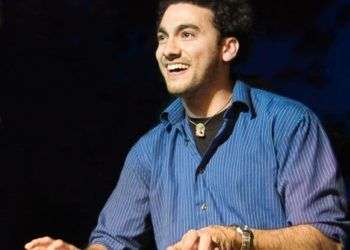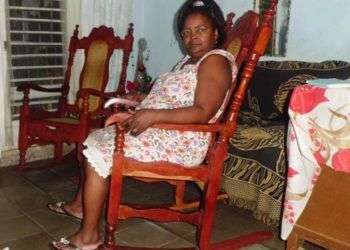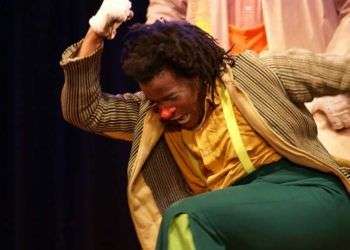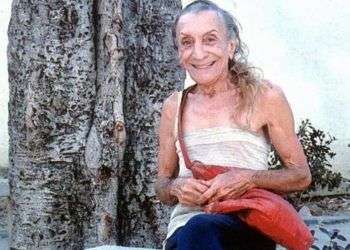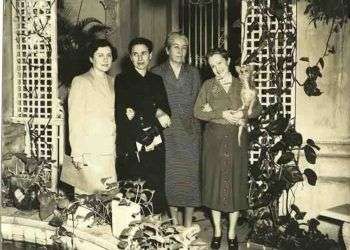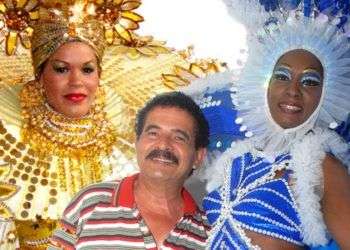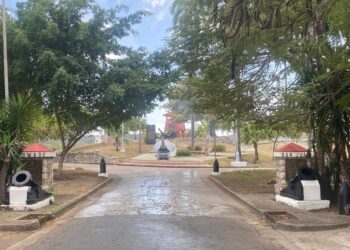Santiago de Cuba
The sun rises early in these lands; it pursues you. Even the shadows are luminous here, according to Antonio Ferrer Cabello, who paints musicians at the Casa de la Trova. That’s where I went on one of those scorching days. Looking back at me from that cultural center’s walls were Pepe Sánchez, Miguel Matamoros, Sindo Garay, and Compay Segundo. Hearing the magnificent voice of Eva Griñán calmed me...music is calming. Where did they find those singers and guitar players, that bottomless well of music, that stirring poetry, so subtle, invincible, and eternal? How many late nights? Whence those bohemian airs, still floating in the air? That’s what I asked Eliades Ochoa, I don’t remember where. Maybe it’s that here, people drink their rum strong, and here, the earth trembles; but the people are stronger. It may be…. That’s what he said, and he would know. Even the most impassive feel it: the music; it’s with you as you walk, and runs through you even when you don’t hear it....That eros overflowing in the Caribbean, the one that Eduardo Rivero, the master of dance, talked about. Maybe it’s the air; maybe it’s the murmur that accompanied Miguel Velázquez himself, the island’s...


